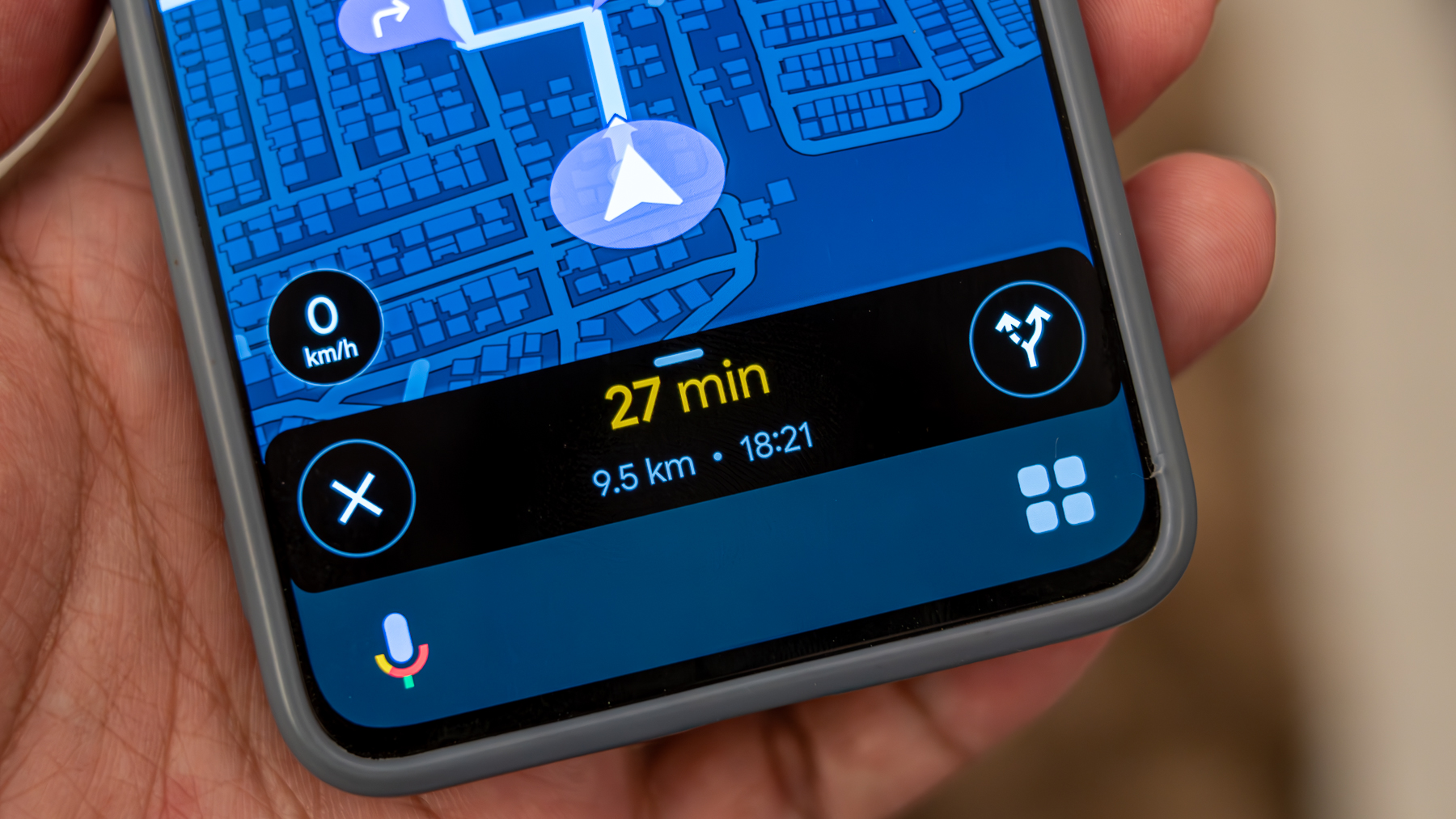Bluetooth LE Audio FAQ: Four years later, here’s what you need to know
The state of Bluetooth LE Audio, four years later.
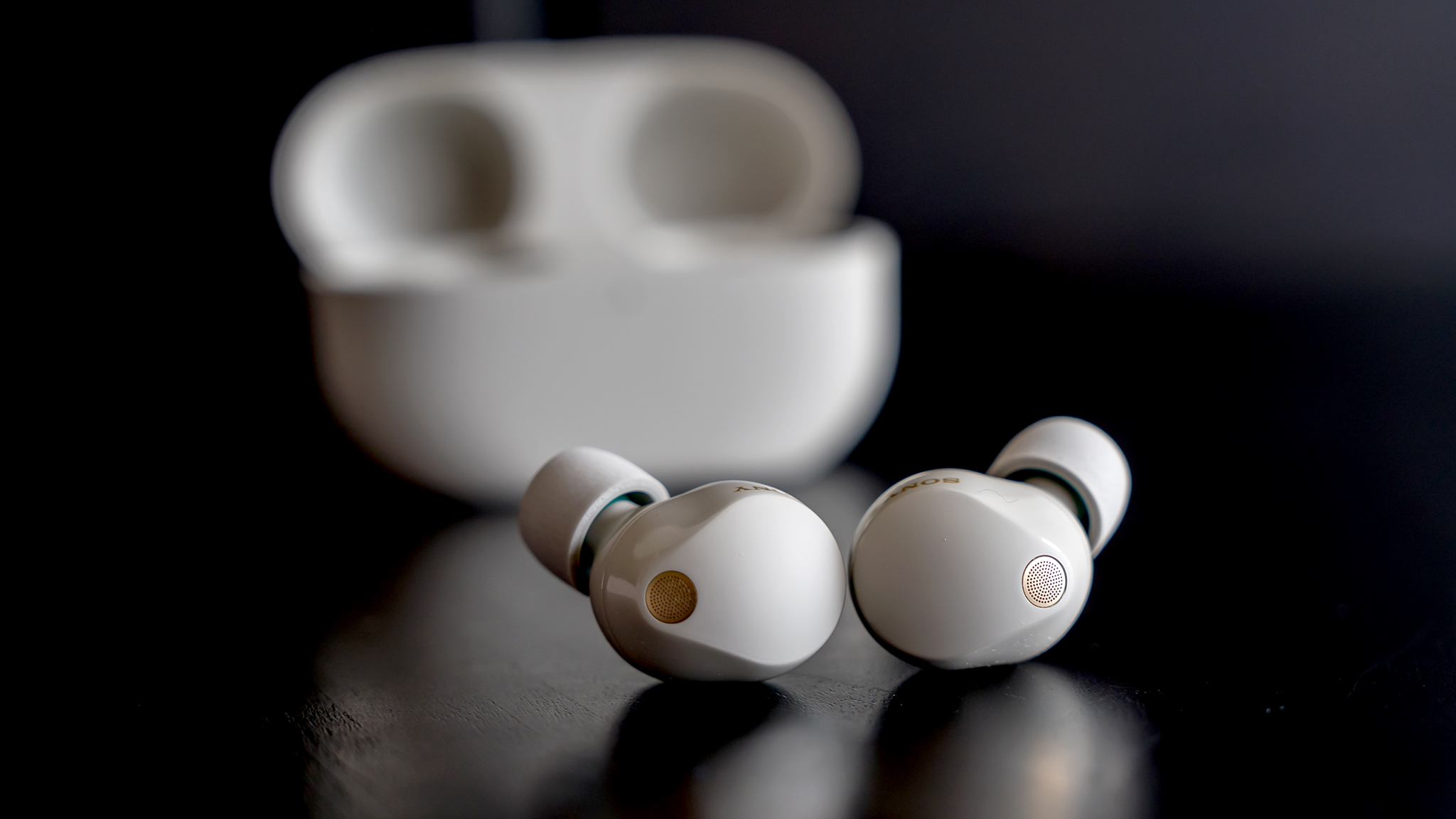
Bluetooth is 24 years old and it's come a long way since the days of me carrying a phone, PDA, and MP3 player, wearing a mono single-unit earpiece with a boom that sat along my cheek. Its primary function was making phone calls with my phone (a novel concept today). Much of the progress consumers have experienced comes from manufacturers like Apple finding a good way to slingshot sound from one wireless earbud to another or Qualcomm splitting a stream in a way that allows more than one person to listen at a time. But the meat of it all comes from a group of people known as the Bluetooth SIG (Special Interest Group).
Those are the people who formally announced Bluetooth LE Audio at CES back in 2020. By 2022, the Bluetooth SIG finally completed the list of specifications, fully fleshing out its feature set. Those specs brought with them the potential to deliver some exciting advances to those who use Bluetooth earbuds and headphones. Part of that potential relied on equipment manufacturers' cooperation of course. Today, in 2024, we’re still waiting for that potential to be fully realized. So, where exactly are we? What do we have today, and what's still to come? Let's dig into that!
Low Energy
Bluetooth operates on two different radios. The Classic Bluetooth radio uses more power to do things like push higher bitrate streams and extend the range of connected devices while the Low-Energy radio has traditionally been used for slower connections in things like IoT devices.
Low Energy used to mean low-bandwidth. Bluetooth LE Audio changes that, in a meaningful way.
LE Audio changes some of that. Improvements have been made that allow the Low-Energy radio to transmit better-sounding audio at longer distances so the battery in your headphones and the battery in your phone will last longer. There are reports on the web from users who have noted an increase in the battery life of their Bluetooth earbuds when connected to phones that support LE Audio. Remember, whenever we’re talking about Bluetooth technology and codec support, both the sending (your phone) and receiving device (your earbuds) must support the same codec for its features to work.
Despite reports on the web detailing how people are interacting with these technologies, it’s still in its infancy in terms of adoption. The hope is that greater support will bring greater innovations in this space. The Bluetooth SIG says that this means brand new use cases for Bluetooth equipment can be created, so look out for some cool new ideas from companies that make speakers and headphones should LE Audio support become more ubiquitous.
The LC3 codec
An audio codec is a piece of equipment or software that can encode or decode (or both) a digital data stream. Bluetooth uses software algorithms that compress and decompress a digital audio data stream on the fly to turn a digital saved file into sound.
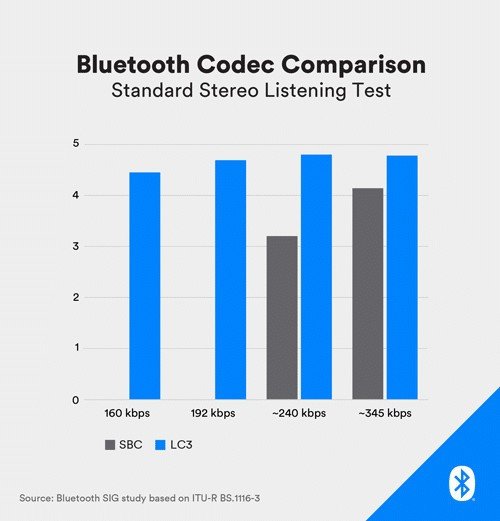
There are plenty of Bluetooth audio codecs. The one most people are familiar with is aptX from Qualcomm, but Bluetooth itself has relied on the SBC (subband codec) to provide "reasonably good audio quality" at a medium bitrate with the bandwidth limitations of Bluetooth in mind. Vendors can use other codecs and audio profiles, but support for SBC is mandatory.
Be an expert in 5 minutes
Get the latest news from Android Central, your trusted companion in the world of Android
LE Audio comes with the new LC3 codec. It's a low-power and low-complexity (this means the algorithms used to encode and decode it aren't going to need a lot of processing power) codec that aims to provide high-quality audio even at low data rates. But two years after finalizing the spec, we still have yet to see the LC3 codec widely supported. Manfred Lutzky, head of audio communications at Fraunhofer IIS had this to say after initially testing it:
Extensive listening tests have shown that LC3 will provide improvements in audio quality over the SBC codec included with Classic Audio, even at a 50% lower bit rate. Developers will be able to leverage these power savings to create products that can provide longer battery life or, in cases where current battery life is enough, reduce the form factor by using a smaller battery.
Whether or not audio quality is better than SBC at lower bit rates may be up for debate, but the promise of longer battery life has stood up to scrutiny.
Latest Anrdoid 15 preview shows new signs of a Bluetooth audio sharing feature.
Multi-Stream audio
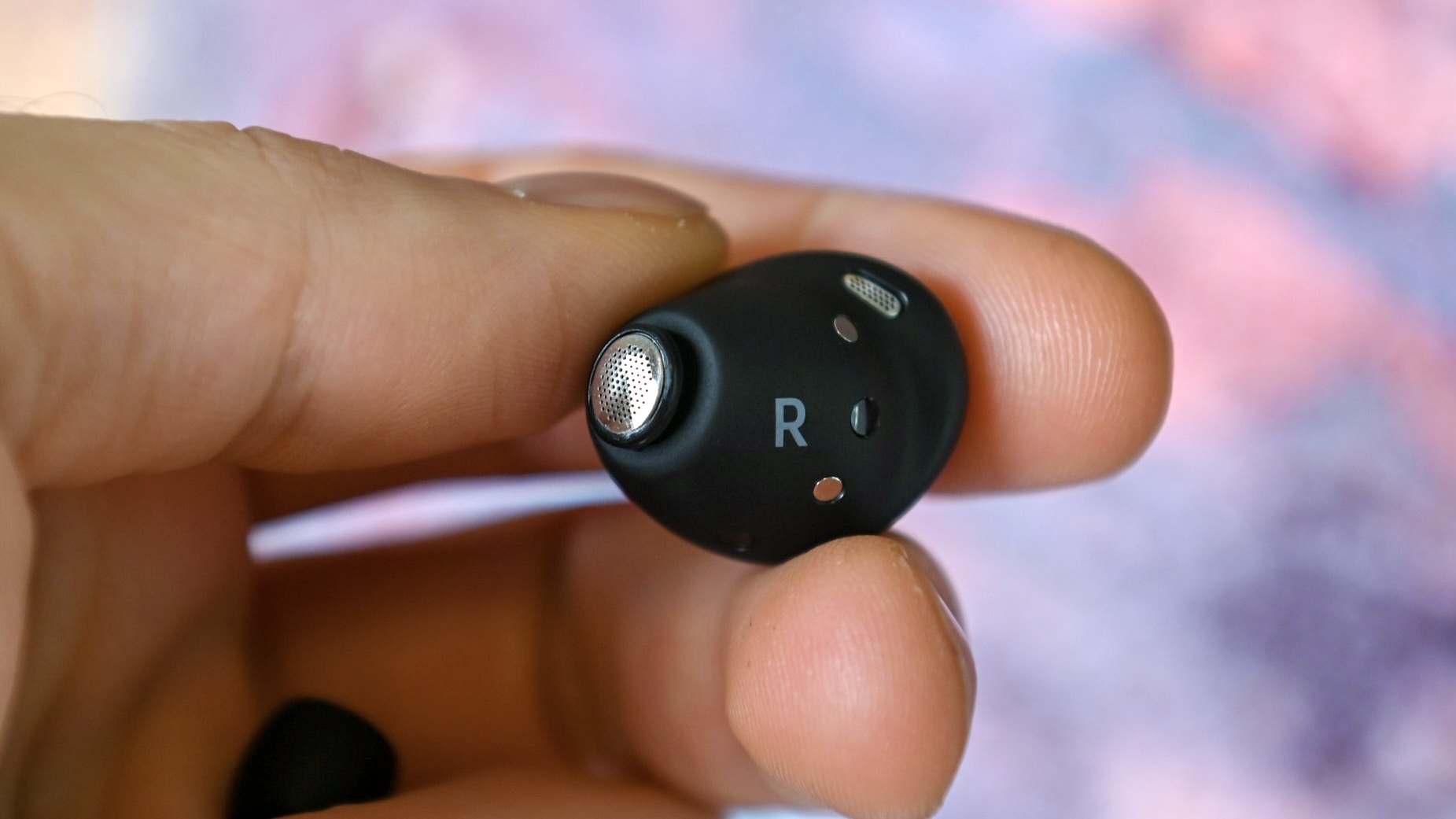
Your true wireless earbuds are cheating. The audio for both ears is sent to one of them, then the channels are separated with the audio destined for the other earbud slung around your head. That's why even the best true wireless earbuds can get out of sync or stutter from time to time.
That's some great innovation from hardware manufacturers, but an even better way to do it would be to allow Bluetooth to operate with more than one data stream at a time, and that is exactly what Bluetooth LE Audio can do. It enables transmission of multiple and independent streams that can be synchronized at the source device (think your phone) and sent to one or more sink devices, like headphones or speakers or whatever.
This will also make things like taking a call or using a voice assistant better. Right now, if you're listening to music through your phone and get a call, the music mutes completely and the same thing happens when you press a button to call Google Assistant or Siri.
Imagine saying Hey Google where is the next gas station without missing the prompt to take the next turn from Maps.
Multi-Stream audio means that music can be quietly playing — or something important like navigation directions can, too — while you screen a call or ask Google where the next gas station is. This is another area where hardware makers can find new ways to make use of Bluetooth LE Audio.
The Auracast standard
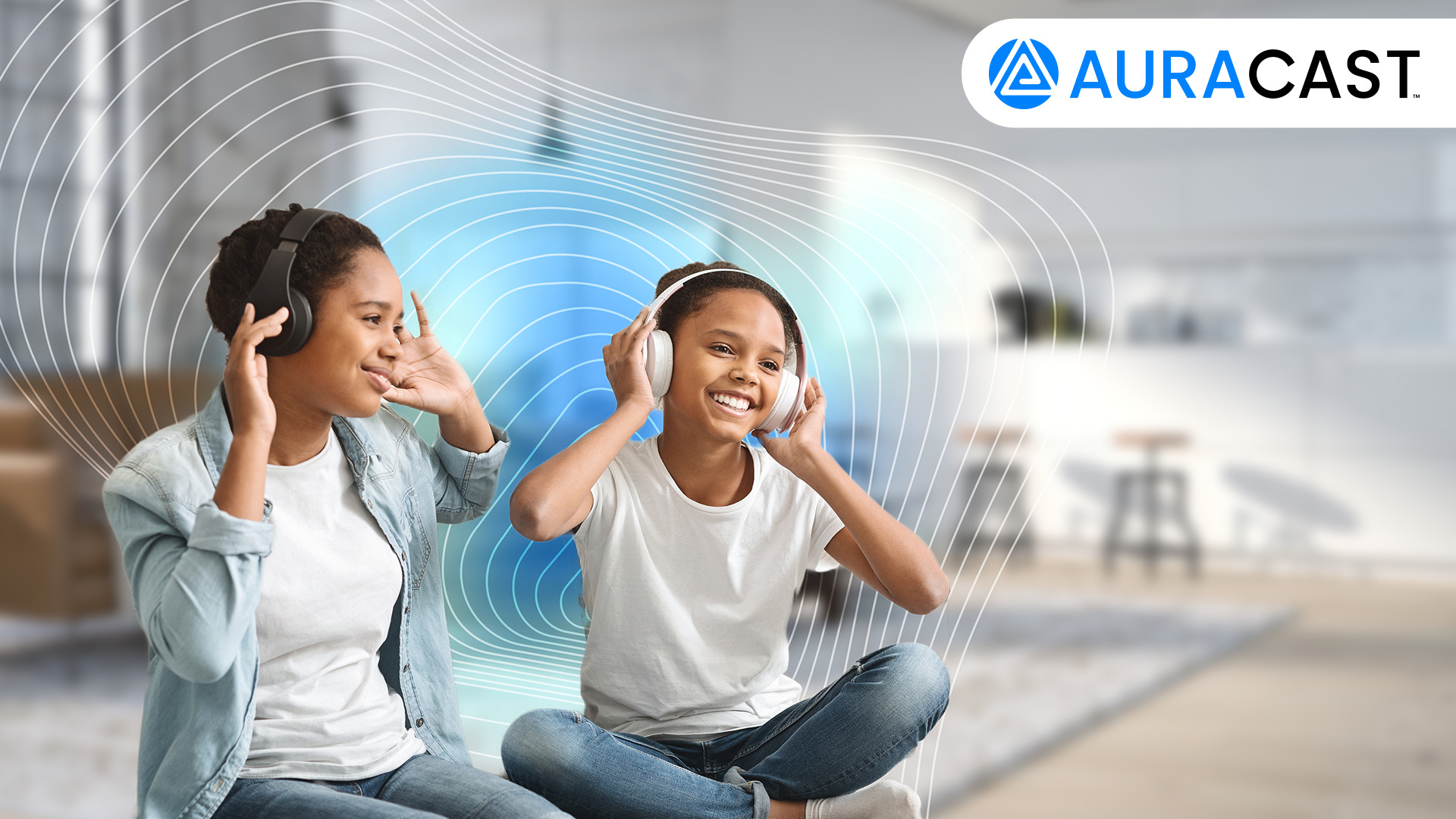
What was once known as Audio Sharing, Auracast enables transmission of multiple and independent streams that can be sent out from a source device like one of Samsung’s Neo QLED TVs, then sent to multiple “sink devices,” like their Galaxy Buds2 Pro earbuds. Or exchange that TV for a smartphone, use it as a source, and broadcast audio to a room full of people wearing earbuds or headphones that support Auracast.
Created with public broadcast in mind, Auracast can do some exciting things beyond just sending audio to multiple sources in your home. An example would be a big screen at the airport playing the news and one or more Bluetooth broadcast channels in multiple languages that everyone can connect to in order to hear it. Or Bluetooth at the movies or a drive-in, which could offer a truly premium audio experience for the blockbuster you're seeing on the screen. My favorite, is broadcast audio at a museum so that you can easily connect and take a self-guided docent tour.
Hearing aids
Bluetooth LE Audio can do a lot of things. And it now can do them on an all-new category of device — a hearing aid.
A codec is what's used to turn a file of data into sound and now your hearing aid can use one, too.
Imagine all the benefits of Bluetooth LE Audio with Auracast and none of them interfering with the primary use of a hearing aid, which is being able to hear the world around you through sound amplification. You could listen to that big screen at the airport or take a phone call and still hear the person sitting next to you or a car horn or anything else that's happening without feeling isolated.
Seeing any new technology that provides safety, entertainment and productivity for people with special needs is wonderful. While this probably won't be the thing everyone talks about when discussing Bluetooth LE Audio, it may well be the most important thing.
Availability
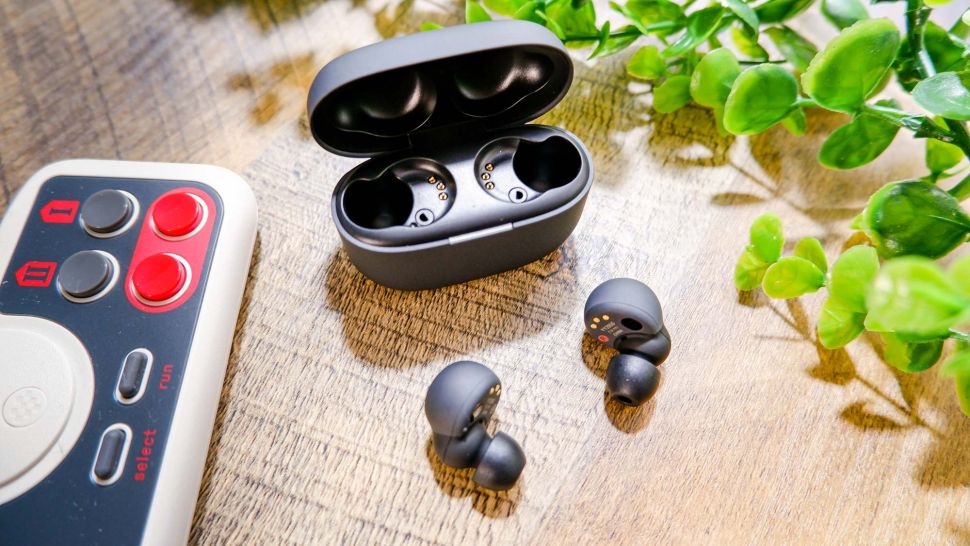
By now you're probably wondering two things: what products is this in that are actually for sale now, and will my old Bluetooth gear work with my new?
As of March 2024, the list of devices compatible with Bluetooth LE audio isn’t very long. Based on a press release, Samsung’s phones like the Galaxy Z Flip 5 and Galaxy Z Fold 5, Galaxy S23, Galaxy A54, as well as select older devices will get LE Audio with Auracast broadcast support in One UI 6.1. The Galaxy S24 already supports the standard. Sony’s Xperia 5V supports LE, as well as Google’s Pixel 7, and Pixel 8 series. ASUS Zenfone 10 has been confirmed, but you’ll need a pair of earbuds that also support it to get the full benefit and the choices aren’t many when you look at the multitude of Blueooth-enabled earbuds and headphones on the market.
You won’t get it with Apple’s earbuds, and some Sony products like the WH-1000XM5 rely on their own LDAC codec instead. But it is out there! Among those confirmed at this time would be the OnePlus Buds Pro 2, Sony’s INZONE gaming buds, WF-1000XM5, and Linkbuds S, Samsung’s Galaxy Buds2 Pro, and the Earfun Air Pro 3.
And yes, your existing stuff will still work even if you buy something with these new capabilities. If you get new headphones with Bluetooth LE Audio, they will work with your current phone and vice versa. This is because the Bluetooth SIG does force manufacturers to provide interoperability with legacy equipment in order to be certified. Flex those muscles, SIG.
We're excited about Bluetooth LE Audio and all that LC3 and Auracast can offer, but with people holding onto phones for years, and manufacturers having to adopt the technologies it could still be a few years until we see if these advancements will have as profound an impact on personal wireless audio devices as we’d like to see.

Jerry is an amateur woodworker and struggling shade tree mechanic. There's nothing he can't take apart, but many things he can't reassemble. You'll find him writing and speaking his loud opinion on Android Central and occasionally on Threads.
- Tshaka ArmstrongContributor
You must confirm your public display name before commenting
Please logout and then login again, you will then be prompted to enter your display name.
